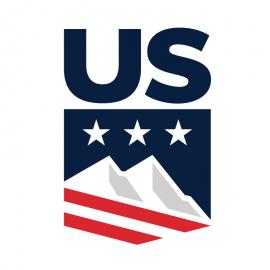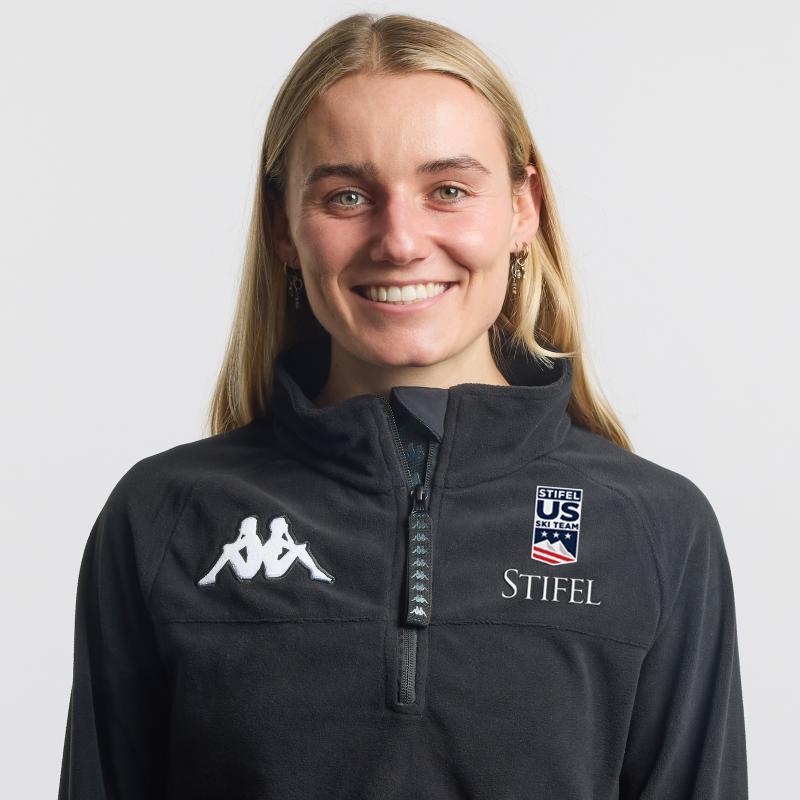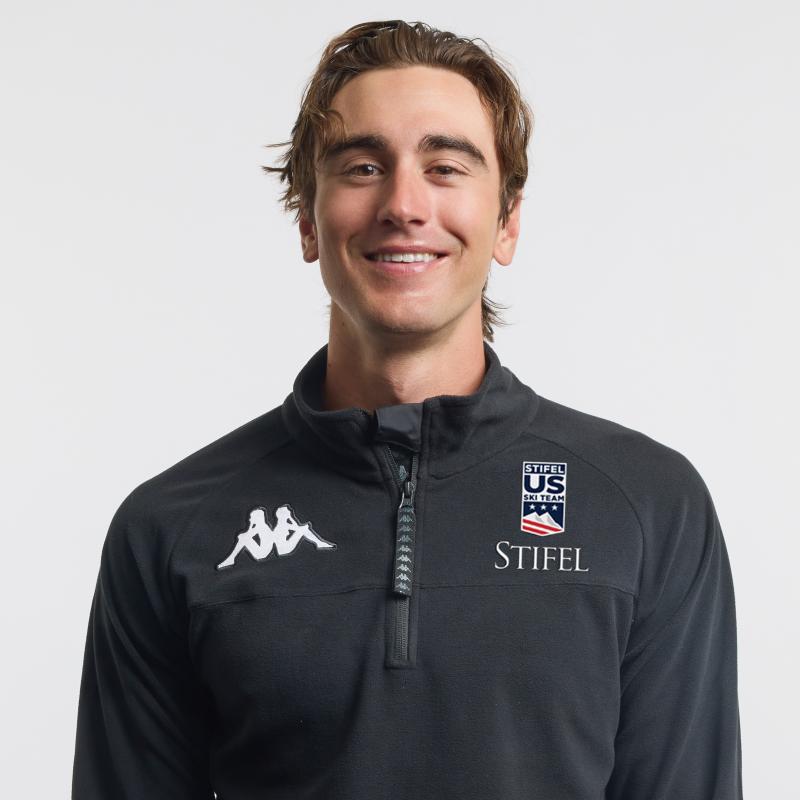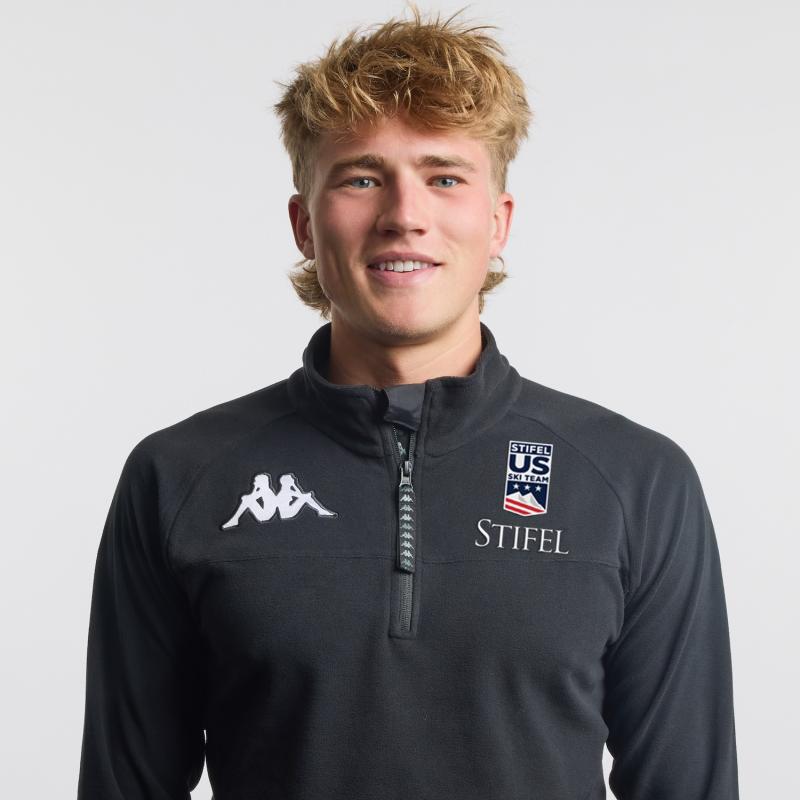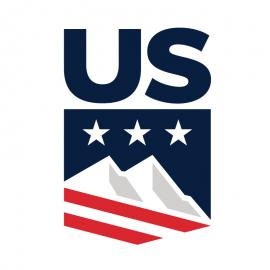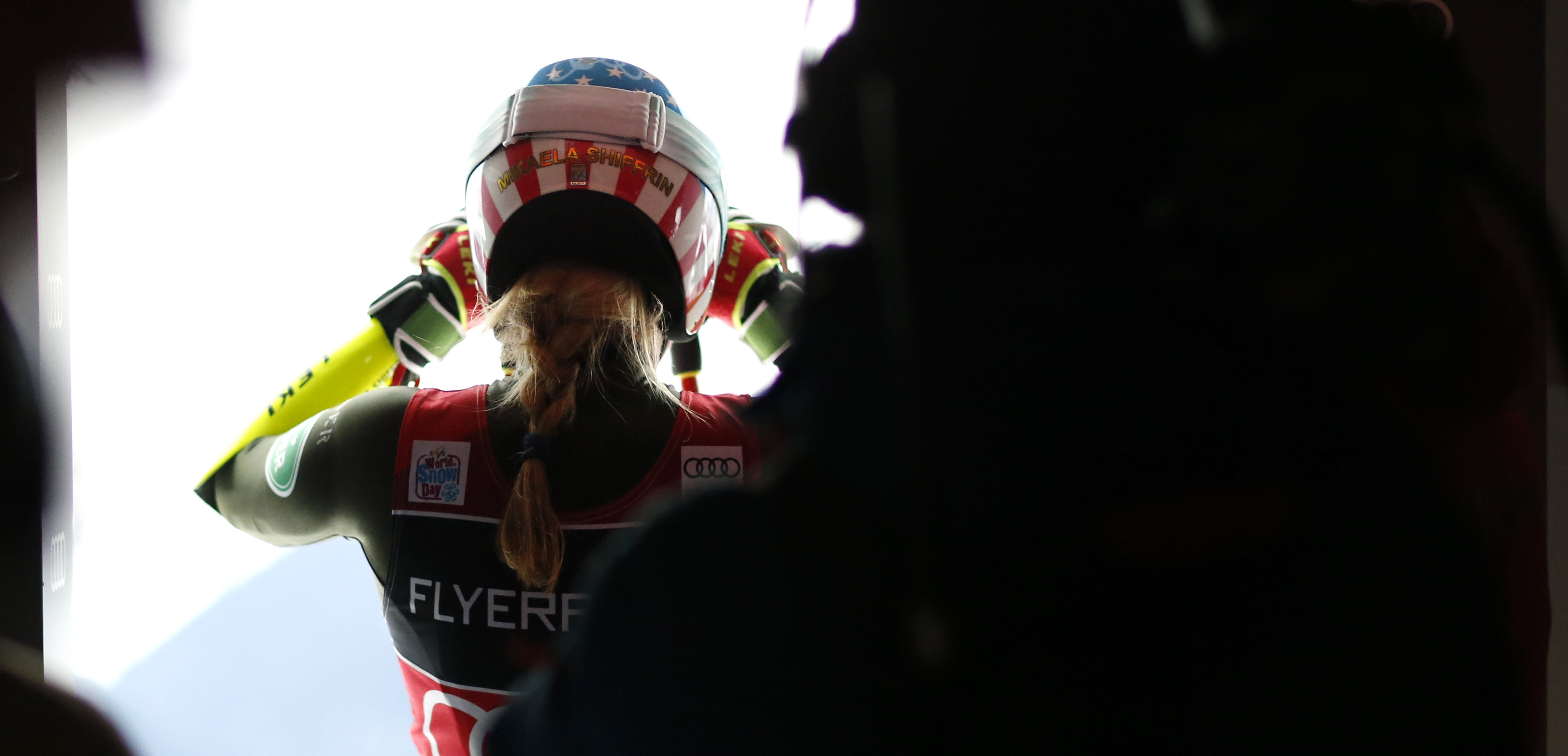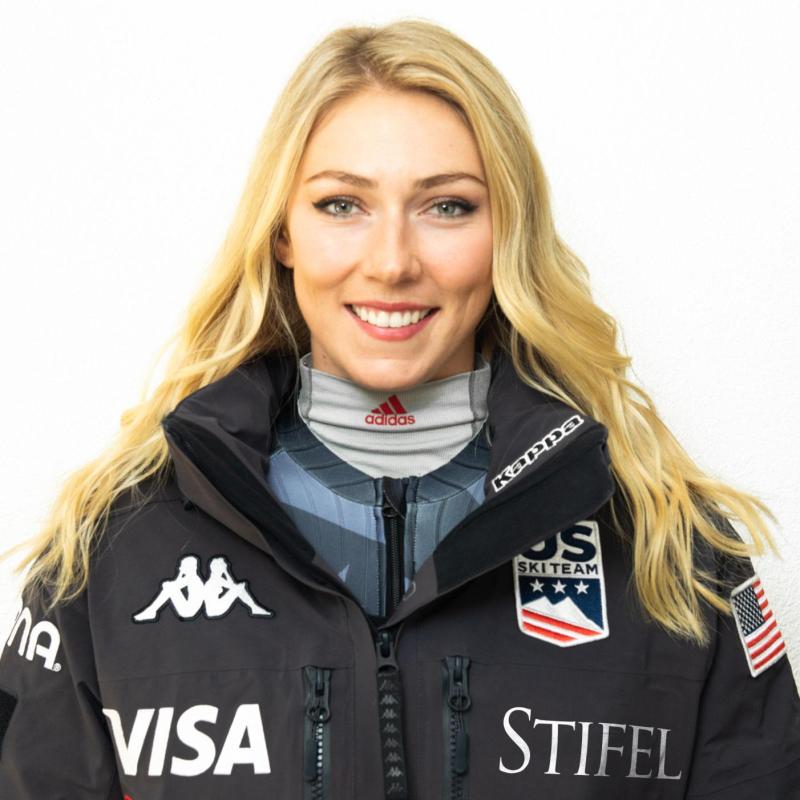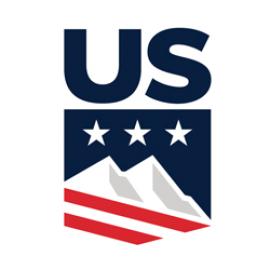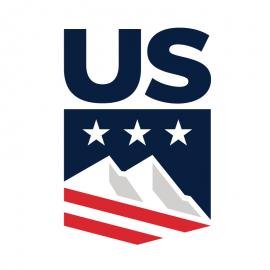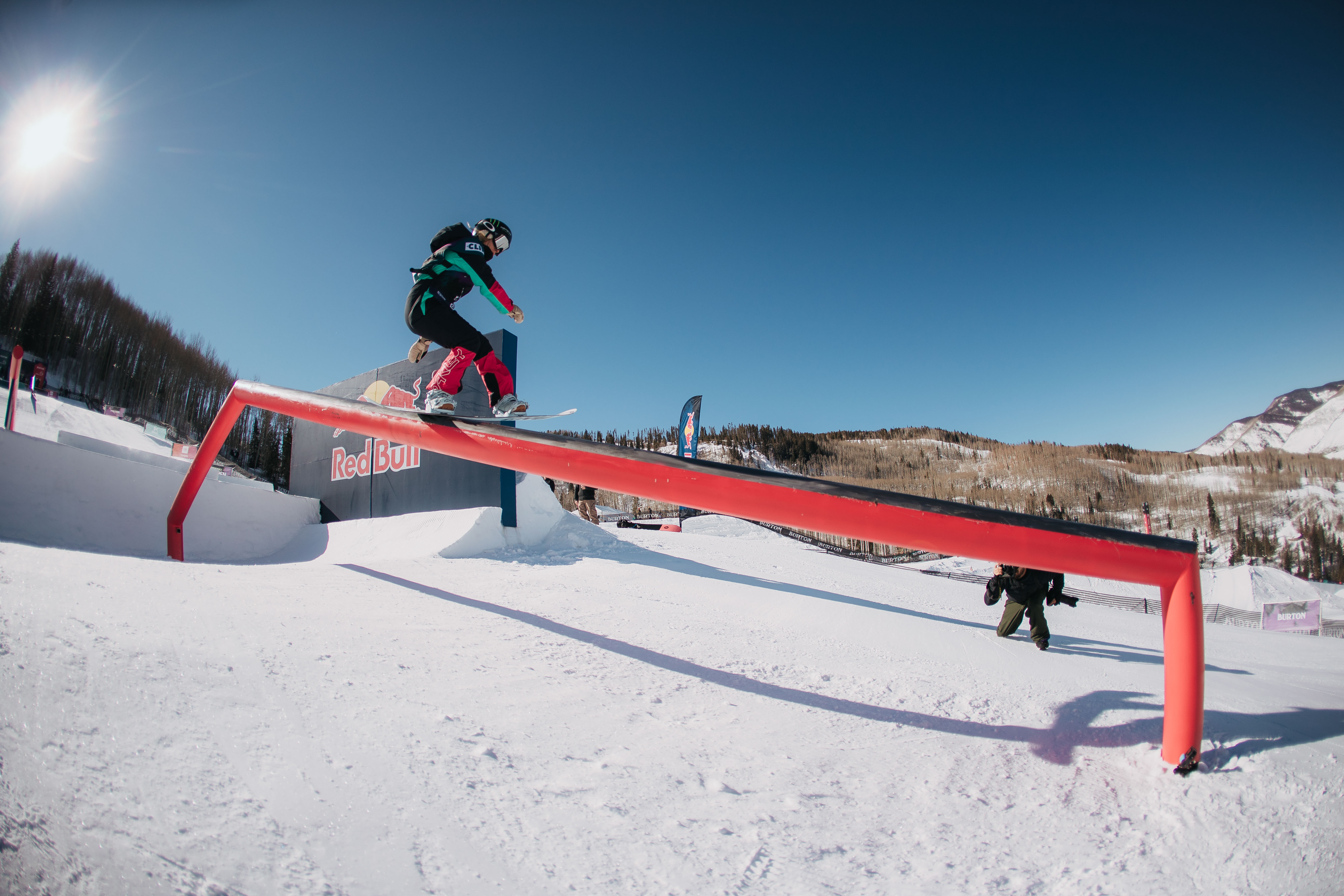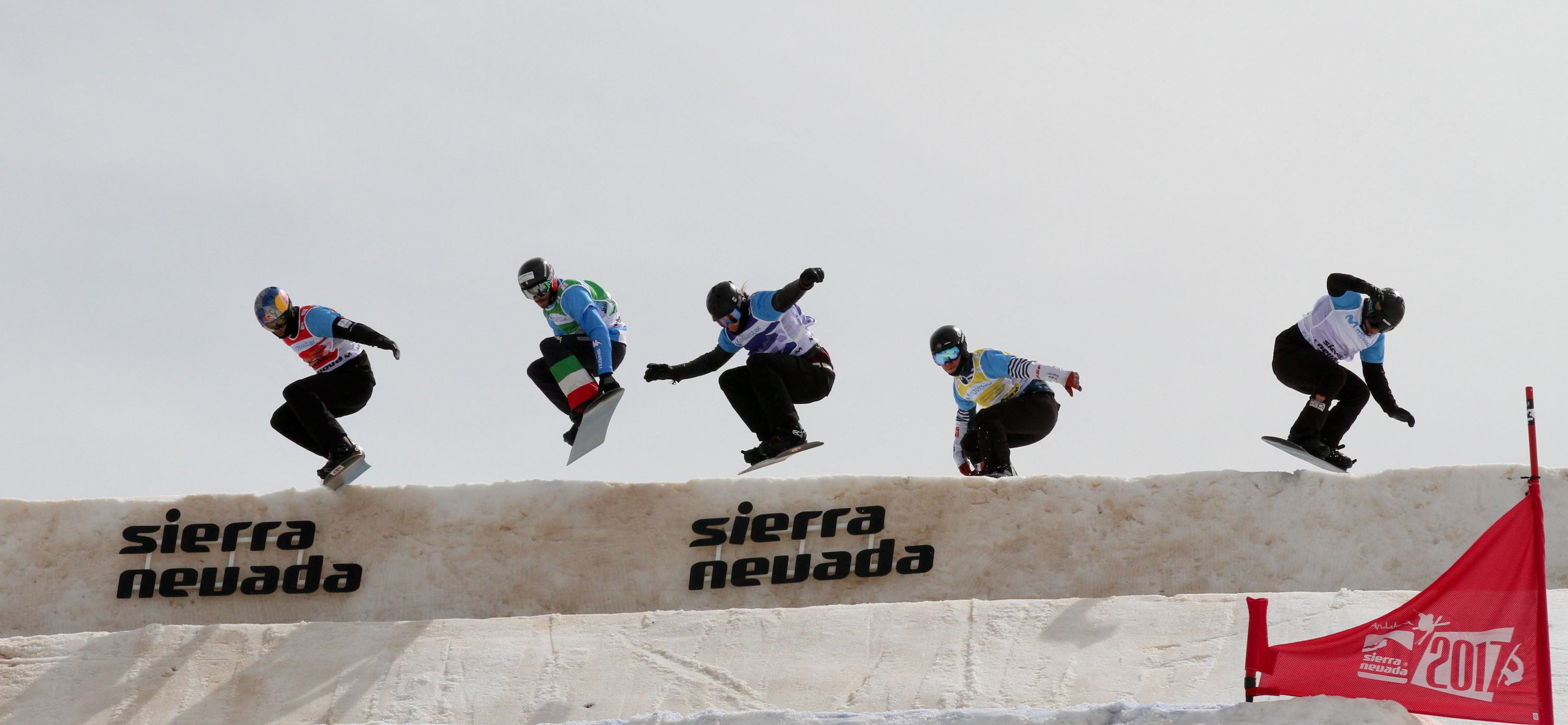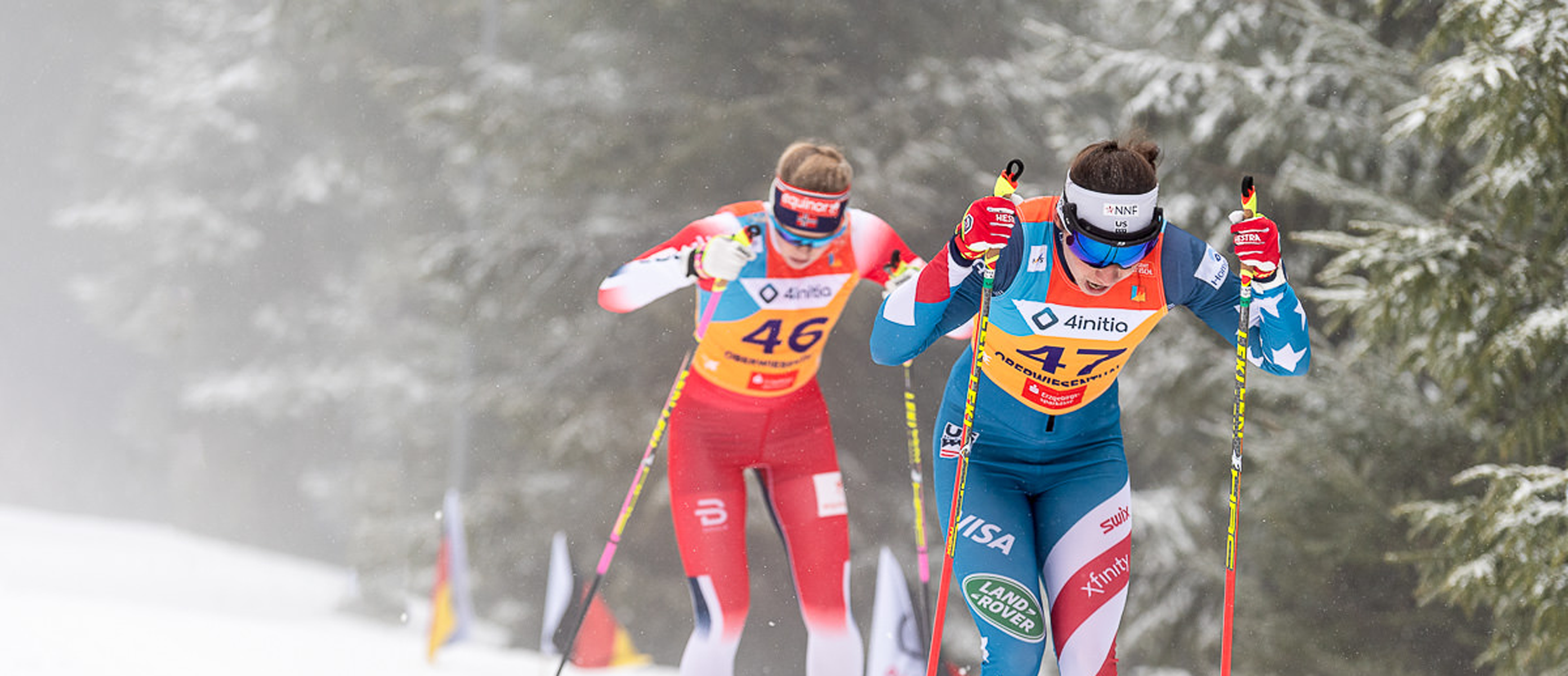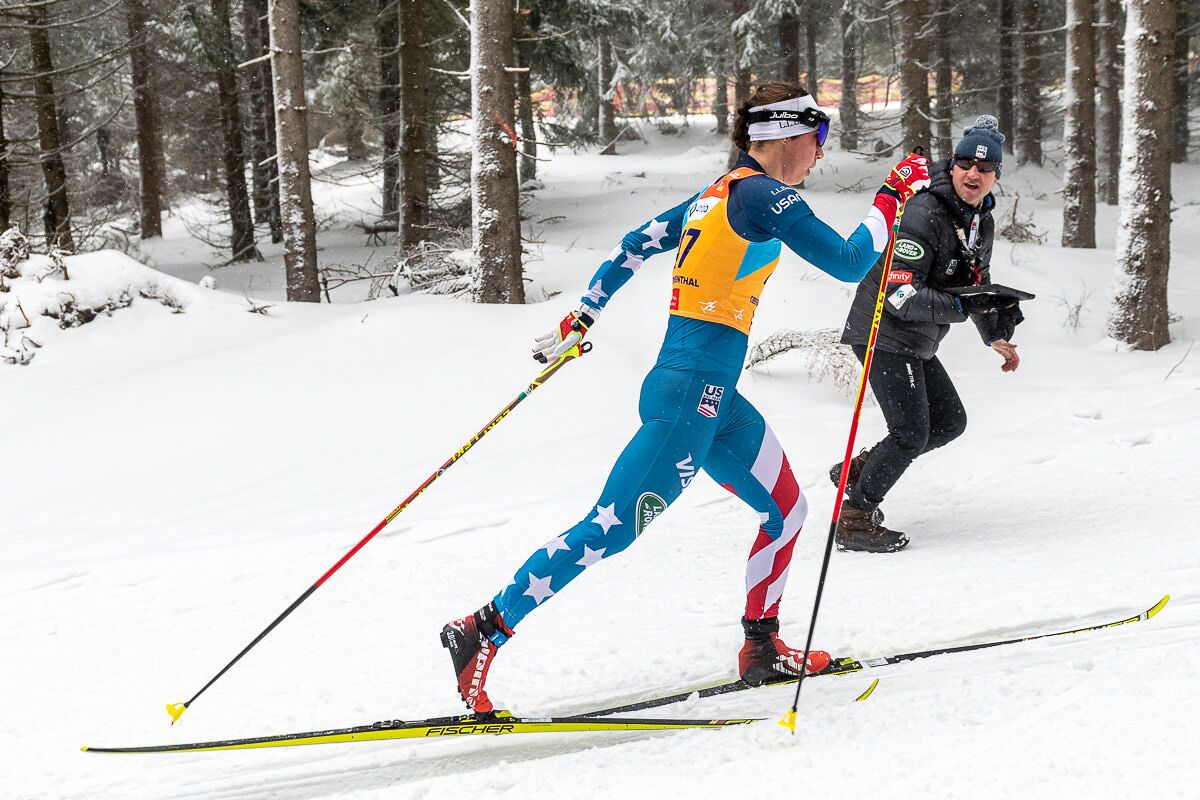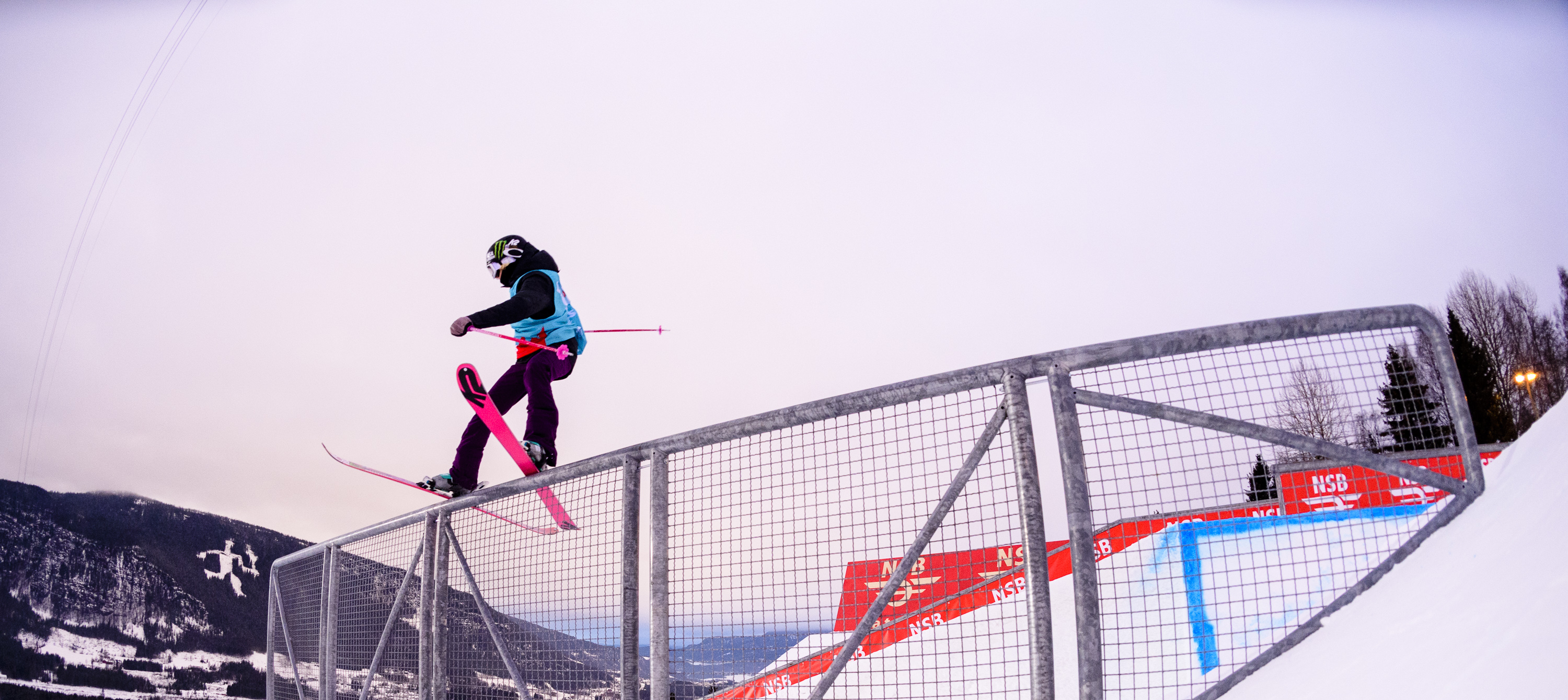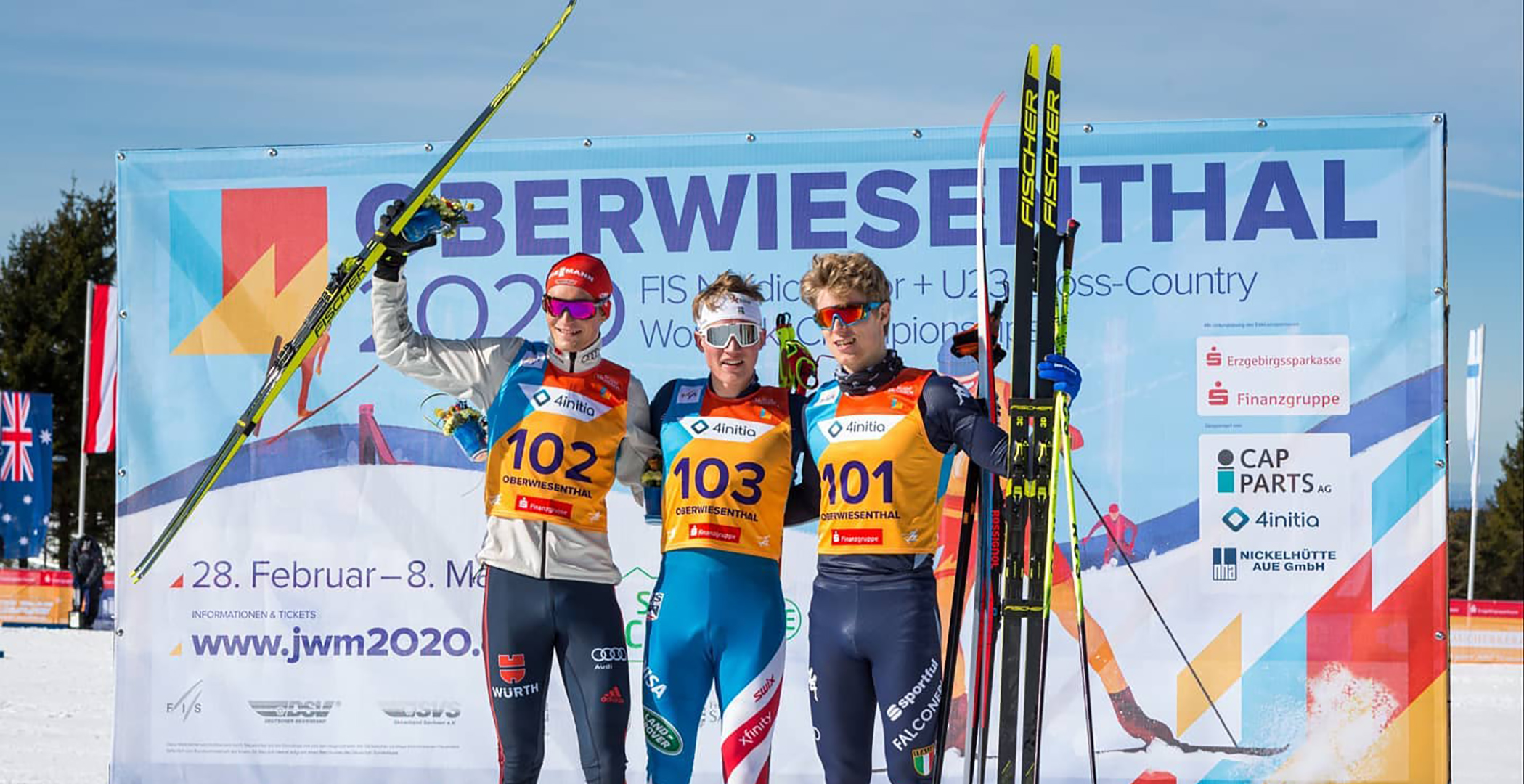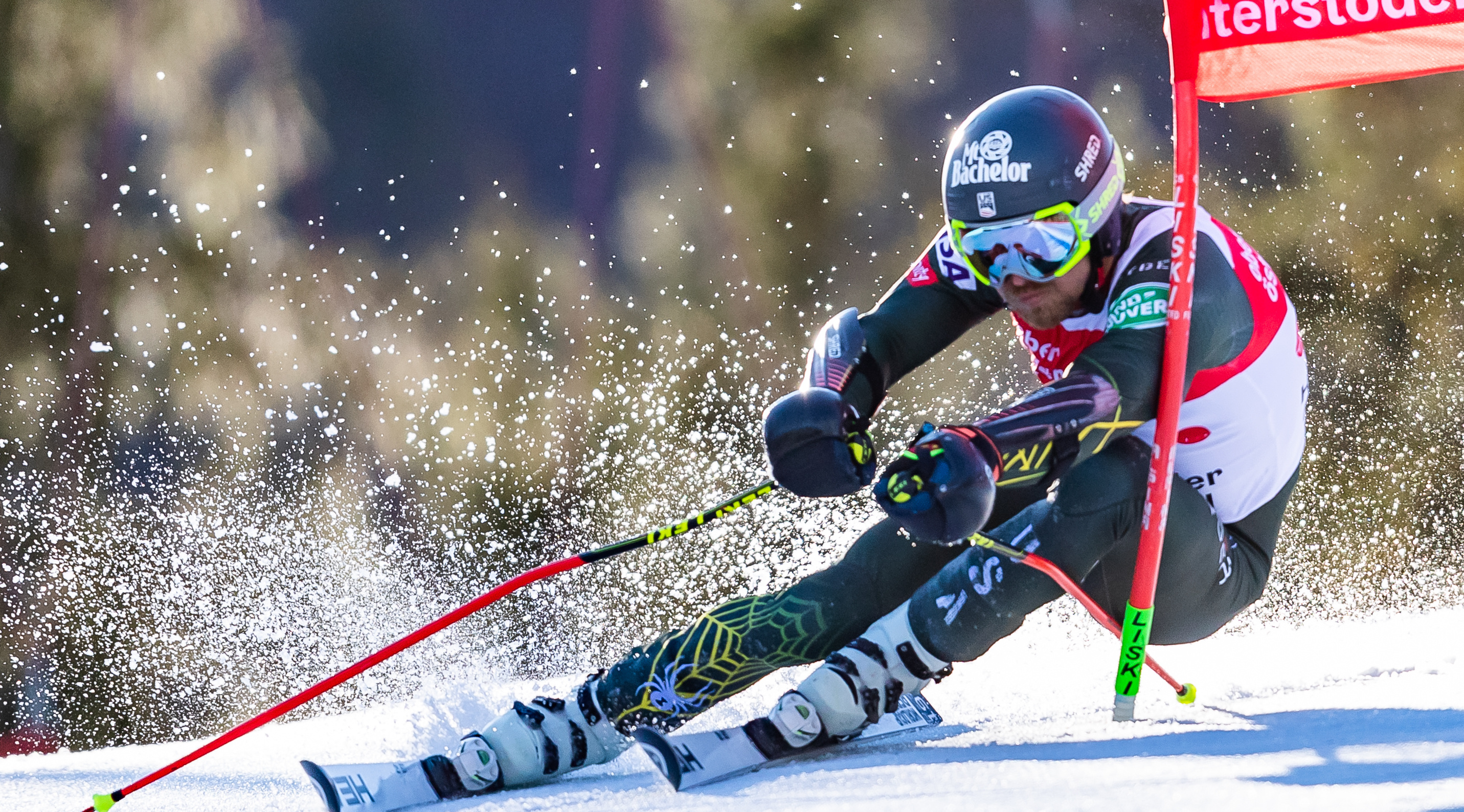Junior Men Gold, Junior Women Silver at World Championships
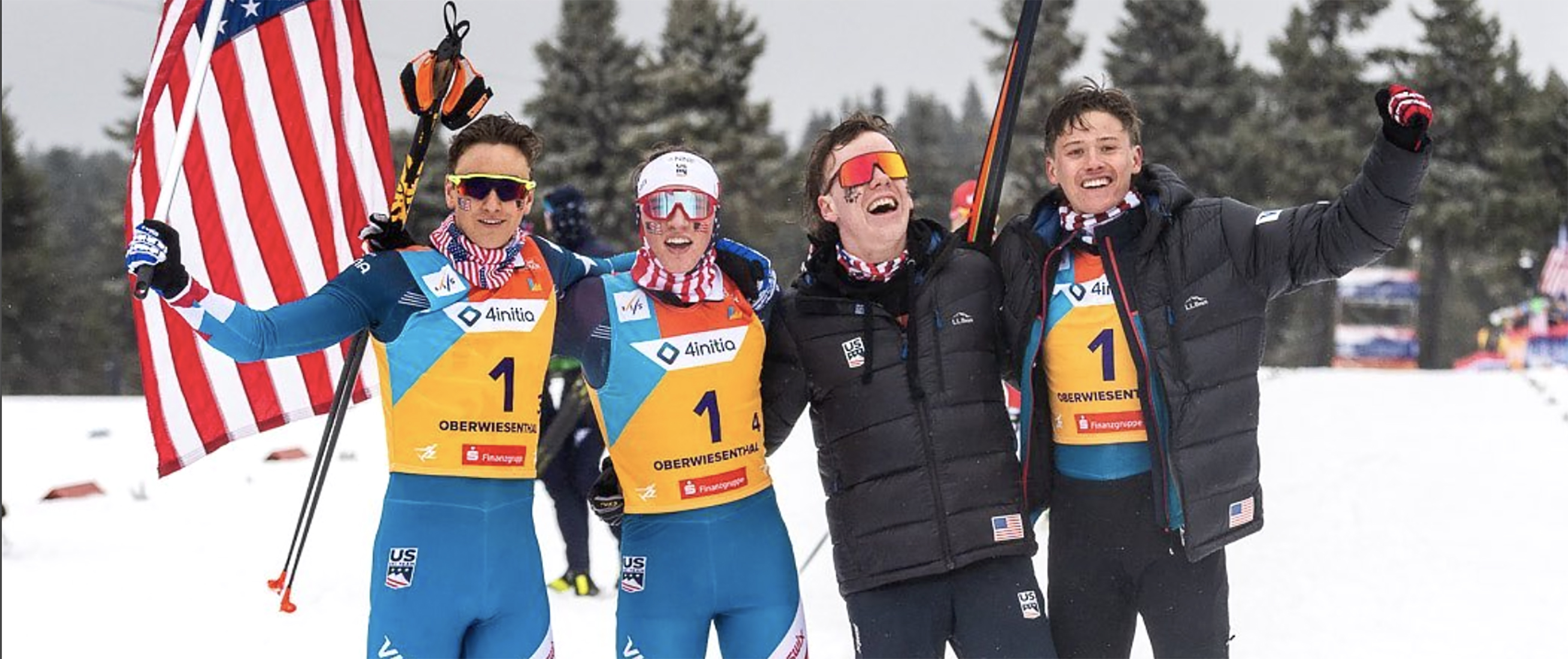
It was a historic day for Team USA at the 2020 FIS Junior Cross Country World Championships, as the junior men defended their team relay gold and the junior women’s relay team took the silver medal in Oberwiesenthal, Germany.
In the men's 4x5k relay, Ben Ogden, Gus Schumacher, Johnny Hagenbuch, and Luke Jager absolutely crushed the competition, finishing 35 seconds ahead of Canada—the surprise silver medal-winning team. Italy took the bronze 55 seconds behind the Americans.
“We put a lot of pressure on ourselves and (winning) was the only thing we really would have been satisfied with today,” Gus said.
In the junior women's 4x3.3k relay, Kendall Kramer, Novie McCabe, Sydney Palmer-Leger and Sophia Laukli finished just 4.9 seconds behind the gold medal team from Switzerland to score the best-ever finish for U.S. women in this event. Sweden took the bronze.
In the men’s race, Luke skied the opening 5k classic leg, and after leading the pack on the first of two 2.5k laps, he attacked the second lap and opened up a 24-second advantage before tagging off to Ben for the second classic leg. Ben opened the lead to 30 seconds when he tagged off to Johnny, who added an additional 13 seconds, tagging off to Gus with the anchor leg and a 43-second advantage over a group of chasers that included Canada, Italy, and Switzerland.
As the trio of chasing teams played a game of cat and mouse for the final two medals, Gus continued to hold a 45-second advantage and had enough time to grab an American flag and enjoy an extended victory celebration in the final 100 meters.
When asked when they knew had the victory wrapped up, Gus replied: “after the first leg.” However, his teammate quickly chimed in, “at the finish,” as Gus was skiing into the finish arena waving an American flag. “Once I got the flag, it slowed me down so much, I was like ‘I hope we can still do it!’ But I wasn’t about to drop the flag.”
While the men’s team dominated from the start, the women’s team had to fight for a spot on the podium. In the first classic leg, Sydney kept the Americas in the mix, tagging off to Kendall for the second classic leg in third place, just 9.9 seconds back the leading team from Russia, with Italy in second just three seconds ahead. Kendall moved up to second as Sweden took the lead, tagging off to Sophia, who skied the first freestyle leg and held her position. She tagged off to Novie for the final leg, who closed the gap but was unable to catch the gold medal-winning Swiss team.
This is the second World Championship medal for the U.S. in the junior women’s relay. In 2017, the junior women’s team of Julia Kern, Hannah Halvorsen, Hailey Swirbul and Katherine Ogden won the bronze medal at Soldier Hollow.
The 2020 FIS U23 and Junior World Cross Country Championships wrap up Saturday with the U23 mixed team relay. All races are streaming live on the official 2020 FIS Junior and U23 Cross Country World Championships Facebook page.
RESULTS
Women’s 4x3.3k team relay
Men’s 4x5k team relay
Junior Men's Team Relay Highlights
Junior Women's Team Relay Highlights
